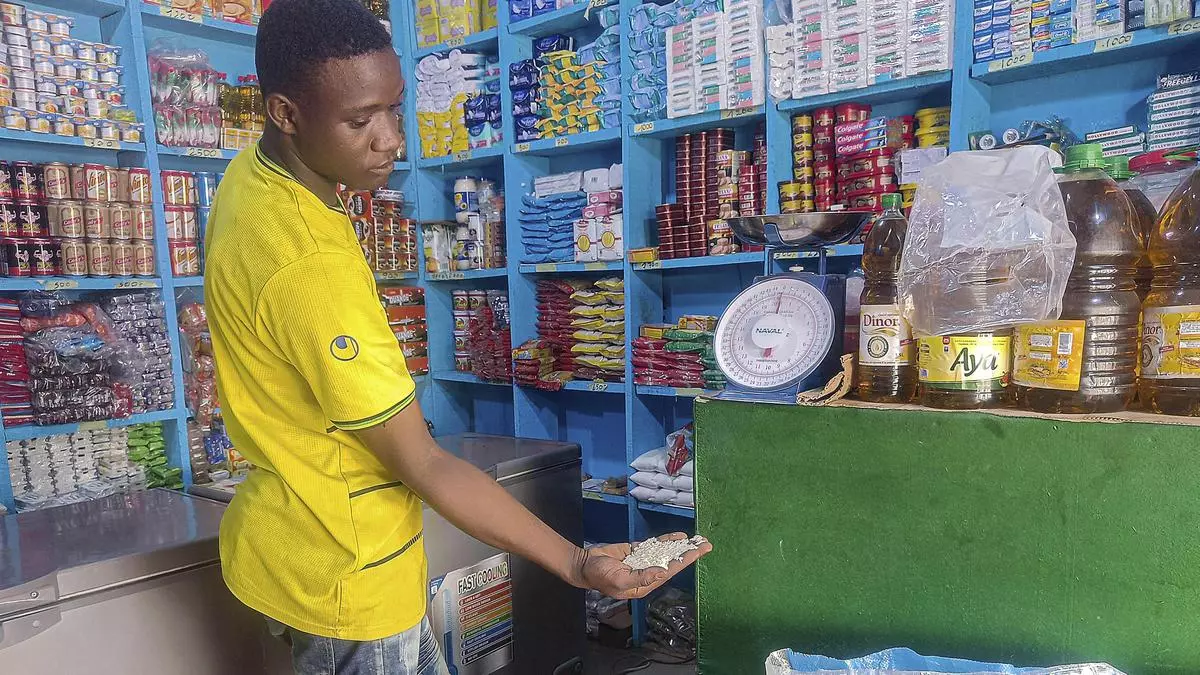India permits export of 10.34 lakh tonnes rice to 7 countries
The Indian government has allowed the export of 10.34 lakh tonnes (lt) of non-basmati white rice to seven countries on a government-to-government (G2G) basis.
A notification issued by the Directorate-General of Foreign Trade on Wednesday said the shipments would be handled by the National Cooperative Export Ltd.
Also read:India’s export ban on non-basmati rice questioned at WTO
The maximum quantity of rice — 2.95 lt — has been allocated to the Philippines, while Cameroon will get 1.9 lt, Malaysia 1.7 lt Cote d’Ivoire (1.42 lt), Republic of Guinea (1.42 lt), Nepal (95,000 tonnes) and Seychelles (800 tonnes).
Food security
The exports were permitted following requests from the respective governments for supply of non-basmati white rice. India had banned exports of white rice from July 20 to ensure supplies in the domestic market and cool rising prices.
The Government had then said it would meet the food security demands of neighbouring and vulnerable countries. Additionally, India has agreed to supply rice to Singapore owing to good bilateral relations.
India has also imposed a 20 per cent export duty on par-boiled rice and fixed $1,200 a tonne as minimum export price for basmati rice. In September 2022, the Centre banned shipments of broken rice.
Also read:Rice traders demand flat export duty on parboiled rice
These curbs followed worries over the impact of a truant south-west monsoon on the paddy crop during this year’s kharif season.
Weather hits crop
A late start to the monsoon in June, excess rainfall in July, and a 32 per cent deficient rainfall in August have markedly impacted the annual rainfall season this year. The South-West monsoon accounts for about 85 per cent of the country’s annual rainfall.
This year, the paddy crop was affected by heavy rains during July in Haryana and Punjab. The prolonged dry period in August has affected the crop in Telangana, Andhra Pradesh and Karnataka.
The Centre has said rice production will touch 112 million tonnes (mt) this year. However, it is yet to release its first advance estimate of the crop, which is usually done in the last week of September.
